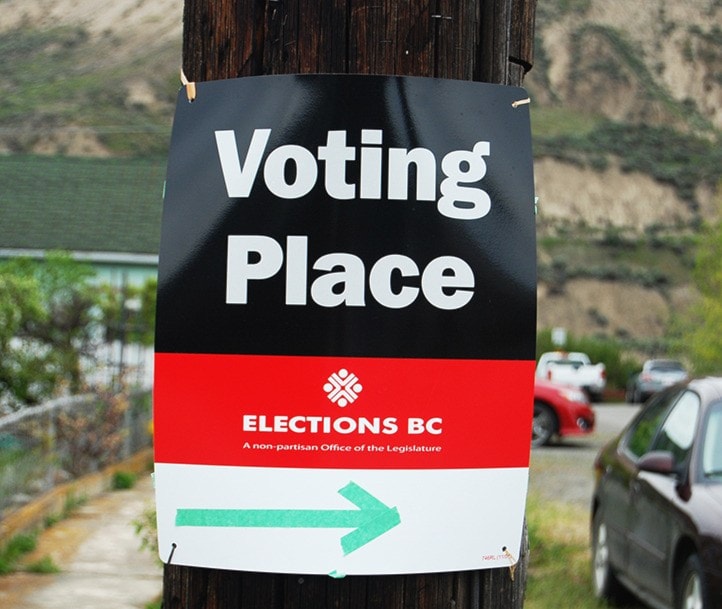There are 87 ridings in the province; two more than in 2013. The magic number for a party to form a majority is 44 seats.
The ruling Liberal Party entered the election with 49 seats; the NDP held 35 seats, and the Green Party held one.
The Green’s one seat (Oak Bay-Gordon Head on Vancouver Island) is held by party Leader Dr. Andrew Weaver. The Greens are hoping to win at least four seats in this election, which would give them official party status.
In the event of a minority government, the Green Party could hold the balance of power.
The last time there was a minority government in B.C. was 1953.
The boundaries of the Fraser-Nicola riding were re-drawn after the 2013 election, with the riding losing the community of Princeton and gaining the community of Hope.
The total number of registered voters in Fraser-Nicola is 23,578.
5,180 eligible voters in Fraser-Nicola—22 per cent of the total number of eligible voters—cast their vote in an advance poll this year.
13,650 people (61.5 per cent of eligible voters) cast their vote in Fraser-Nicola during the 2013 provincial election. Provincially, voter turnout was 52 per cent.
If the Liberals win, it will mark the fifth consecutive Liberal government in the province.
The party that has formed the most consecutive governments in B.C. is the Social Credit Party, which formed government in seven consecutive terms from 1952 to 1972.
If the Liberal Party wins, Liberal leader Christy Clark will be the first female premier in Canadian history to win re-election.
